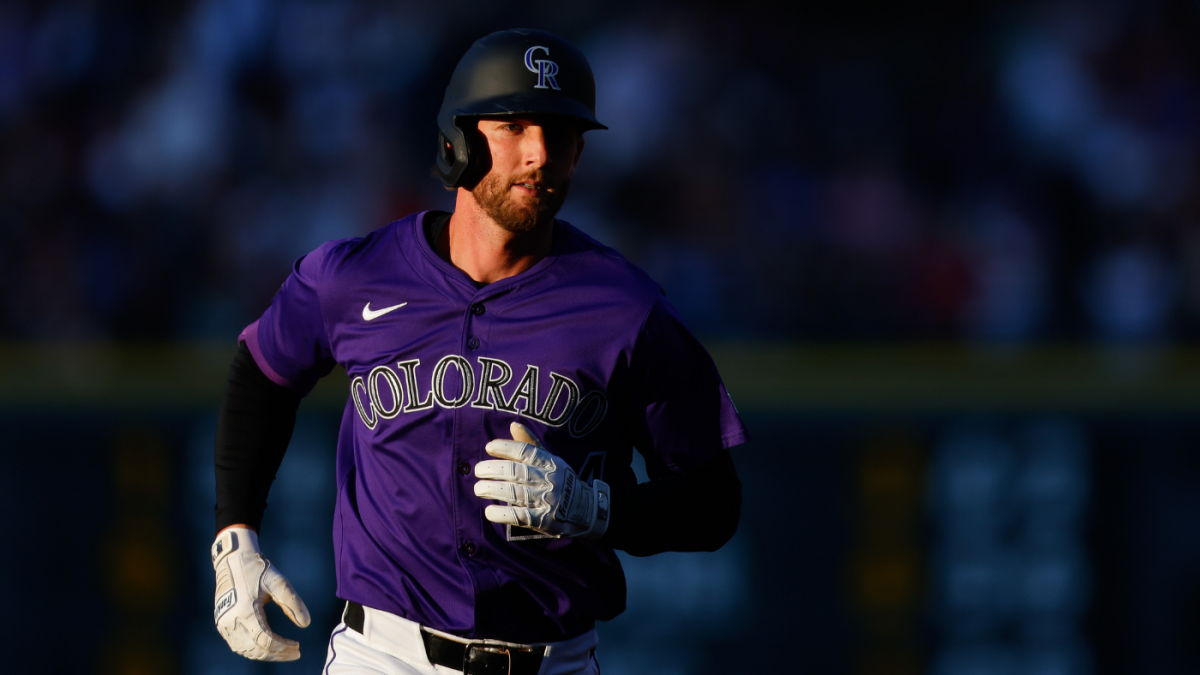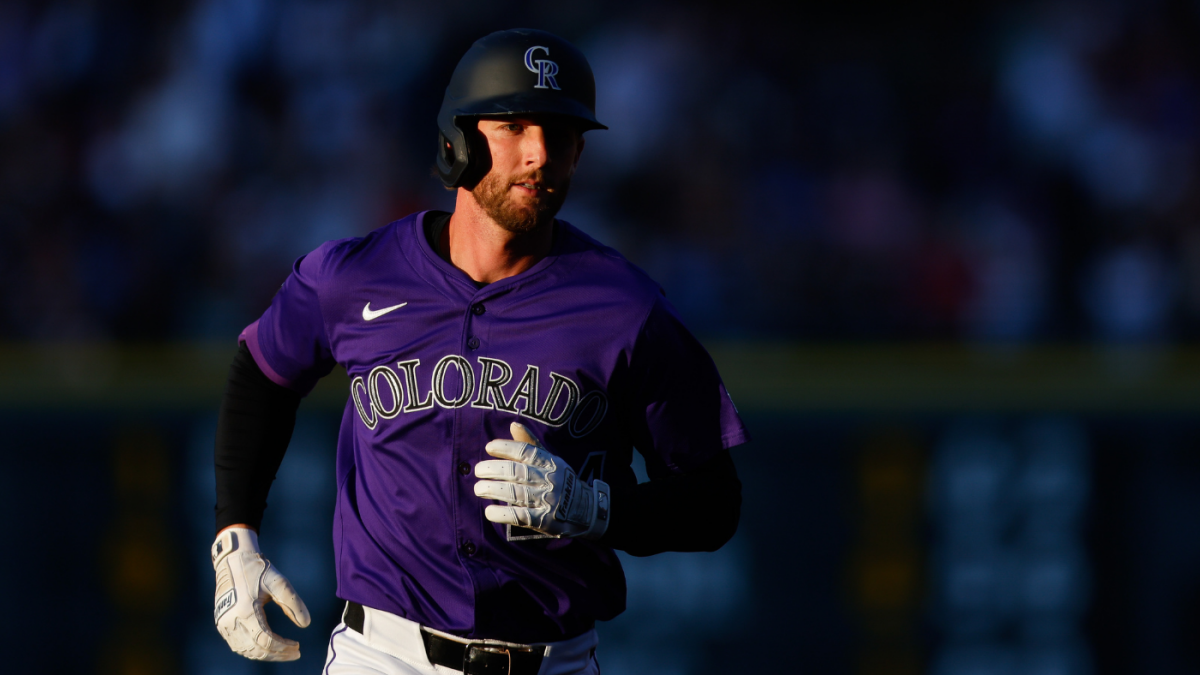The Bronx Bombers’ Hot Corner Conundrum: A Deep Dive into the Yankees’ Third Base Trade Deadline Pursuit
The Pinstriped Predicament: Why Third Base?
The New York Yankees, a franchise built on a legacy of excellence, find themselves in a familiar yet critical position as the trade deadline approaches. The focus this year isn’t on acquiring a high-profile starting pitcher or a dominant closer, but on solidifying the hot corner—third base. This shift in priority underscores the Yankees’ strategic adaptability and their relentless pursuit of championship-caliber talent.
The need for a third baseman arises from a combination of internal shifts and external factors. The decision to move Jazz Chisholm Jr. to second base, while potentially enhancing the team’s defensive and offensive capabilities at that position, left a void at third base. This move, though calculated, necessitated a proactive approach to address the newfound gap in the infield.
Further complicating the situation was the release of veteran infielder DJ LeMahieu. LeMahieu’s versatility and experience were invaluable, but his declining offensive production and injury concerns made him expendable. His departure left the Yankees with a clear need for a reliable and productive third baseman.
Internal options at third base have not provided the consistent production the Yankees require. While prospects offer long-term potential, the Yankees, with their championship aspirations, need an immediate solution. This urgency pushes them towards the trade market, where they can acquire a proven performer capable of making an immediate impact.
Scouting the Landscape: Potential Trade Targets
The Yankees’ pursuit of a third baseman has sparked a flurry of rumors and speculation. Several players have emerged as potential targets, each offering a unique blend of talent, experience, and contractual considerations.
Eugenio Suárez (Arizona Diamondbacks)
Eugenio Suárez, a two-time All-Star, has consistently been linked to the Yankees. His proven track record of power hitting and solid defense makes him an attractive option. Suárez brings a veteran presence to the clubhouse, which is invaluable for a team with championship aspirations. The Yankees’ reported interest in Suárez indicates a serious commitment to acquiring a high-impact third baseman.
Ryan McMahon (Colorado Rockies)
Ryan McMahon, a versatile switch-hitter, is another name that has surfaced in trade rumors. Playing for the Rockies inflates offensive numbers due to the Coors Field effect, but McMahon’s ability to play multiple positions adds significant value. His switch-hitting capability provides the Yankees with lineup flexibility, which is crucial for constructing a balanced and potent offense. However, acquiring McMahon from an NL West rival could prove challenging, as the Rockies may be reluctant to trade within the division.
Other Potential Targets
Beyond Suárez and McMahon, the Yankees are likely exploring a wide range of options. The team’s scouts and front office are evaluating players based on several key factors:
– Offensive Profile: The Yankees are seeking a player who can provide a significant offensive boost, particularly in terms of power. Ideally, this player would be a right-handed hitter to balance the Yankees’ left-leaning lineup.
– Defensive Prowess: While offensive production is paramount, the Yankees also value defensive competence at third base. A player with strong fielding skills and a reliable arm would be a valuable asset.
– Contractual Situation: The Yankees must carefully consider the remaining years and financial obligations associated with any potential trade target. A player with multiple years of control remaining would be more desirable, but also likely more expensive to acquire.
– Cost in Prospects: The Yankees possess a relatively strong farm system, but they must be judicious in how they deploy their prospect capital. Overpaying for a third baseman could weaken their long-term prospects.
The Art of the Deal: Navigating the Trade Market
Acquiring a third baseman via trade requires careful navigation of the complex MLB trade market. Several factors influence the dynamics of these negotiations:
Buyer vs. Seller Mentality
Teams are generally classified as either buyers or sellers leading up to the trade deadline. Buyers, like the Yankees, are looking to add talent to bolster their playoff chances. Sellers are more focused on shedding salary and acquiring prospects for the future. The Yankees will be competing with other “buyer” teams for the same players, which could drive up the cost of acquiring a high-impact third baseman.
Prospect Capital
The Yankees’ willingness to part with top prospects will significantly impact their ability to acquire a high-impact third baseman. The more valuable the player, the more the Yankees will likely need to offer in terms of prospects. The team must strike a balance between addressing their immediate needs and preserving their long-term prospects.
Team Needs and Leverage
The needs of the selling team also play a crucial role. If a team is desperate to move a player, the Yankees may be able to acquire him at a lower cost. Conversely, if the Yankees are perceived as desperate to acquire a third baseman, the selling team may demand a higher price. The Yankees must carefully manage their leverage to secure the best possible deal.
The “Hidden Market”
Sometimes, teams are quietly exploring trades for players who aren’t widely reported in the media. The Yankees may be engaging in these behind-the-scenes discussions, exploring options that haven’t yet surfaced in the rumor mill. This hidden market can provide the Yankees with additional opportunities to acquire a third baseman without facing intense competition from other teams.
Beyond the Individual: Strategic Implications
The acquisition of a third baseman has broader strategic implications for the Yankees:
Lineup Optimization
Adding a power-hitting third baseman allows the Yankees to construct a more balanced and potent lineup. This can create more run-scoring opportunities and put additional pressure on opposing pitchers. A well-rounded lineup is crucial for sustained success, particularly in the postseason.
Defensive Improvement
A defensively sound third baseman can shore up the infield defense, reducing errors and preventing runs. This is particularly important in close games and during the playoffs, where every play can make a difference. A strong defensive presence at third base can provide the Yankees with a competitive edge.
Message to the Clubhouse and Fan Base
A successful trade can send a powerful message to the Yankees’ clubhouse and fan base, demonstrating the team’s commitment to winning and competing for a championship. This message can boost morale and instill confidence in the team’s ability to achieve its goals.
Long-Term Planning
The Yankees must also consider the long-term implications of any trade. Acquiring a player with multiple years of control provides stability at third base, while acquiring a rental player creates a need to address the position again in the offseason. The Yankees must weigh the immediate benefits of a trade against its long-term impact on the franchise.
Conclusion: A Deadline Defining Decision
The Yankees’ pursuit of a third baseman at the trade deadline represents a critical juncture in their season. Addressing this need effectively could significantly enhance their chances of contending for a World Series title. A misstep, however, could leave them vulnerable and undermine their championship aspirations.
The next few weeks will be a high-stakes game of chess as General Manager Brian Cashman navigates the complexities of the trade market, weighs the value of potential targets, and ultimately decides on the best course of action for the New York Yankees. The choice he makes will not only define the team’s immediate future but could also have lasting ramifications for the franchise’s long-term success. The hot corner conundrum demands a calculated and decisive solution, one that aligns with the Yankees’ championship aspirations and sets the stage for sustained success.












